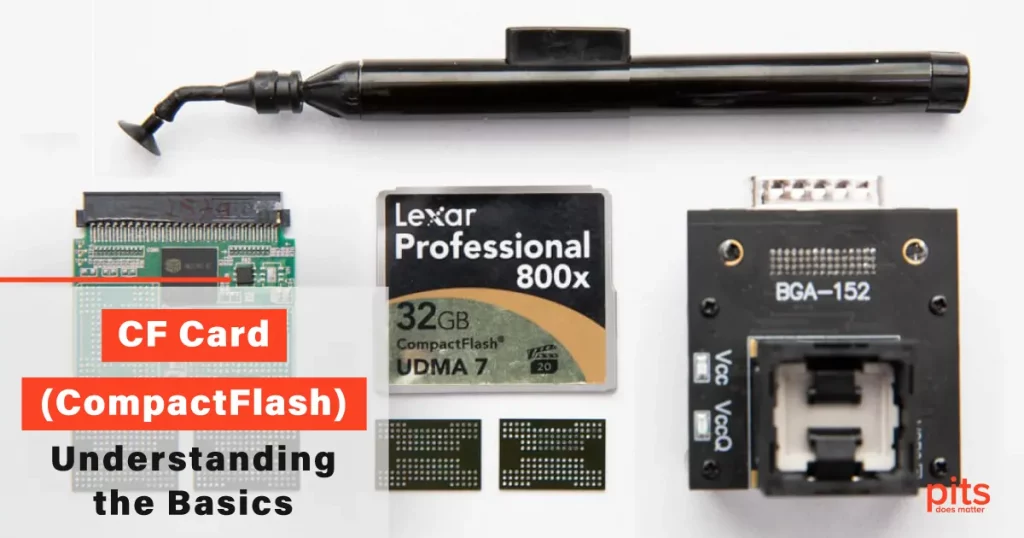If you are a beginner in photography or videography, you may have encountered the term “CF card” or “compact flash card” in your research. But what exactly are CF cards, and why are they important for video recording and data storage? In this ultimate beginner’s guide, we will delve into the world of CF cards, explain their features, and help you understand why they are an excellent choice for your video recording and data storage needs.
Compact Flash Memory Cards: The Basics
CompactFlash memory cards, often CF cards, are a type of flash memory storage device widely used in the photography and videography industries for several decades. SanDisk introduced them in 1994 and has since become a popular choice among professionals and enthusiasts alike.
Unlike traditional hard drives or optical media, CF cards utilize solid-state flash memory to store data. This makes them more durable, shock-resistant, and compact, making them ideal for use in digital cameras, camcorders, and other portable devices.
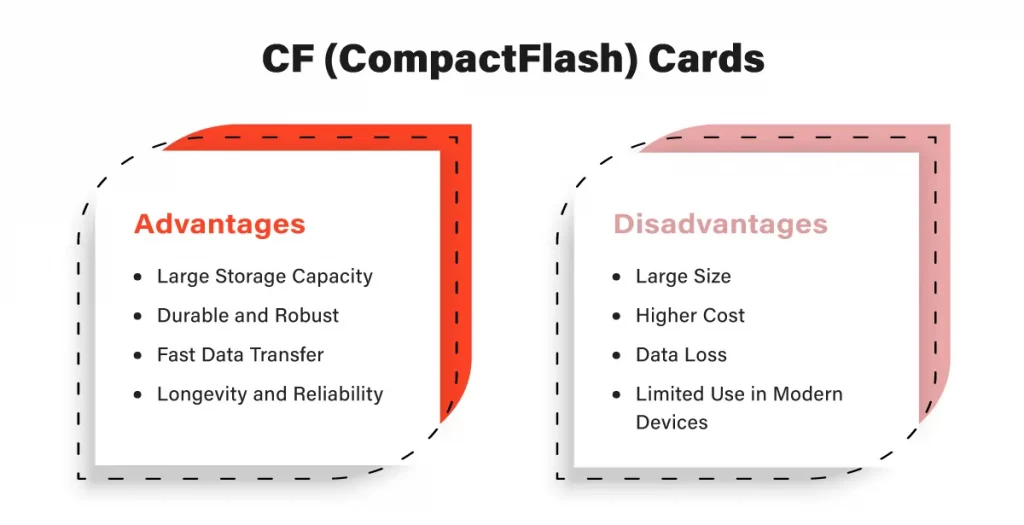
High-Speed Data Transfer for Uninterrupted Video Recording
One of the primary reasons professionals opt for CF cards is their exceptional data transfer speeds. When it comes to capturing high-quality video footage, speed is crucial to ensure uninterrupted recording and prevent dropped frames.
CF cards offer impressive read and write speeds, allowing for seamless 4K video recording and burst mode photography. The transfer rates of CF cards are typically denoted by a number followed by an “x.”
For example, a 100x CF card has a transfer rate equivalent to 150 KB/s (kilobytes per second). Higher transfer speeds translate to smoother video recording and faster data transfers.
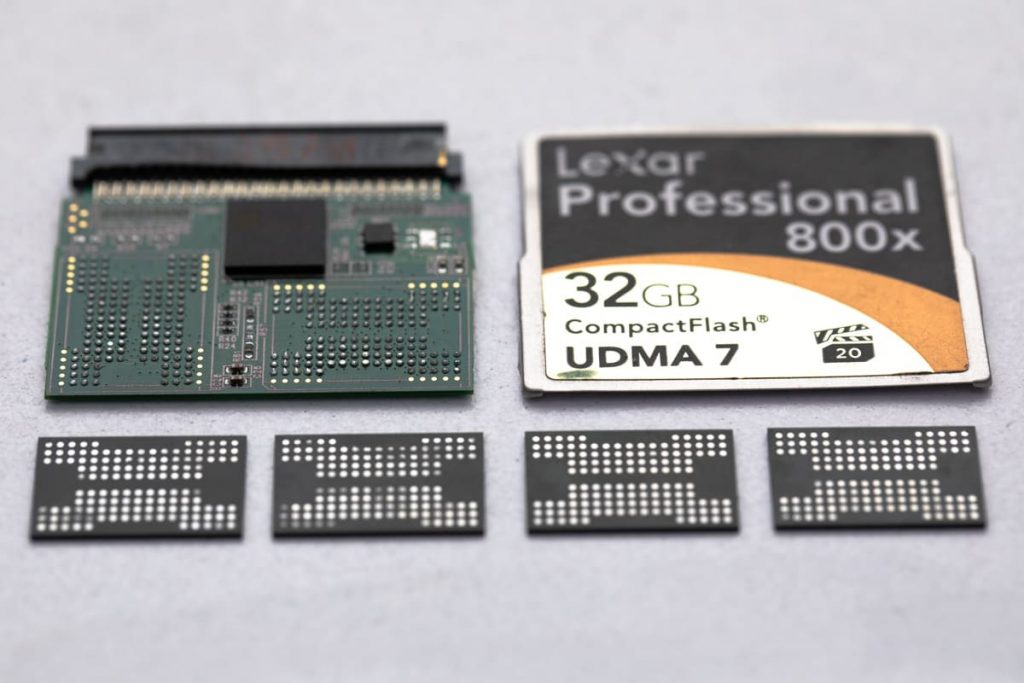
Understanding Read and Write Speeds
When choosing a CF card, it is important to consider both the read and write speeds. The read speed refers to how quickly data can be retrieved from the card, while the write speed indicates how fast data can be written to the card.
For video recording, a high write speed is crucial to ensure the CF card can handle the data rate required for your desired video quality. Lower write speeds may result in dropped frames, reduced video quality, or even interrupted recording sessions.
Introducing the SanDisk Extreme Pro CompactFlash
One standout CF card in the market is the SanDisk Extreme Pro Compact Flash series. These cards are designed with professional photographers and videographers in mind, offering exceptional performance and reliability.
The SanDisk Extreme Pro CompactFlash cards boast impressive write speeds, making them suitable for capturing high-resolution images and recording 4K video without any hiccups. With storage capacities ranging from 16GB to 256GB, they provide ample space for extended shooting sessions.
Choosing the Right CF Card Reader
To transfer data from your CF card to a computer, you’ll need a CF card reader. CF card readers come in various forms, including external USB readers and built-in card slots on certain computers.
When selecting a CF card reader, ensure it supports high-speed data transfer rates to take full advantage of your CF card’s capabilities. USB 3.0 or USB 3.1 card readers offer faster transfer speeds compared to older USB 2.0 readers, enabling you to offload your footage or images swiftly.
Storage Capacity: Finding the Right Fit
CF cards come in different storage capacities, allowing you to choose the one that best suits your needs.
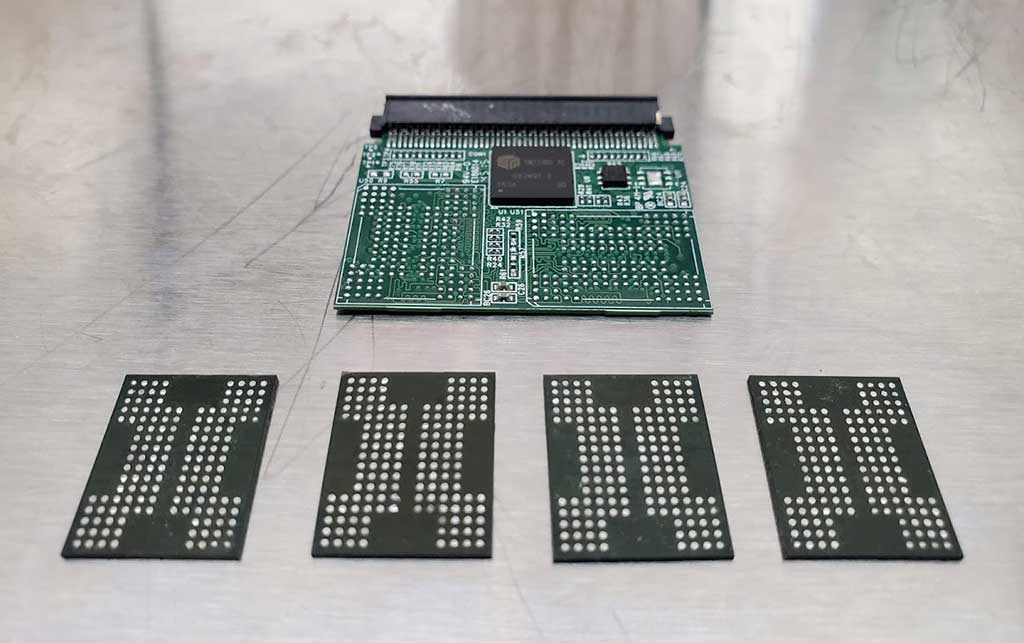
The storage capacity of a CF card determines how much data it can hold, such as photos, videos, and other files.
Consider the type of photography or videography you engage in and how much data you typically generate during a shoot. If you frequently work with large file sizes, such as RAW image files or high-bitrate video footage, opting for a higher-capacity CF card will ensure you have sufficient space without needing to swap cards frequently.
CF Cards vs. SD Cards: Understanding the Difference
When choosing a memory card, you might wonder whether to go with a CF or an SD card. While both options have their merits, CF cards excel in specific areas.
CF cards are often the preferred choice for professional photographers and videographers working with high-end cameras and demanding shooting scenarios due to their faster write speeds and overall robustness. SD cards, on the other hand, are more commonly used in consumer-level cameras and devices where the emphasis is on convenience and affordability.
CompactFlash cards have long been trusted by professionals for their high-speed data transfer, excellent write speeds, and durability. As a beginner, understanding the benefits of CF cards can help you make informed decisions regarding video recording and data storage.
Difference between CF Cards and SD Cards
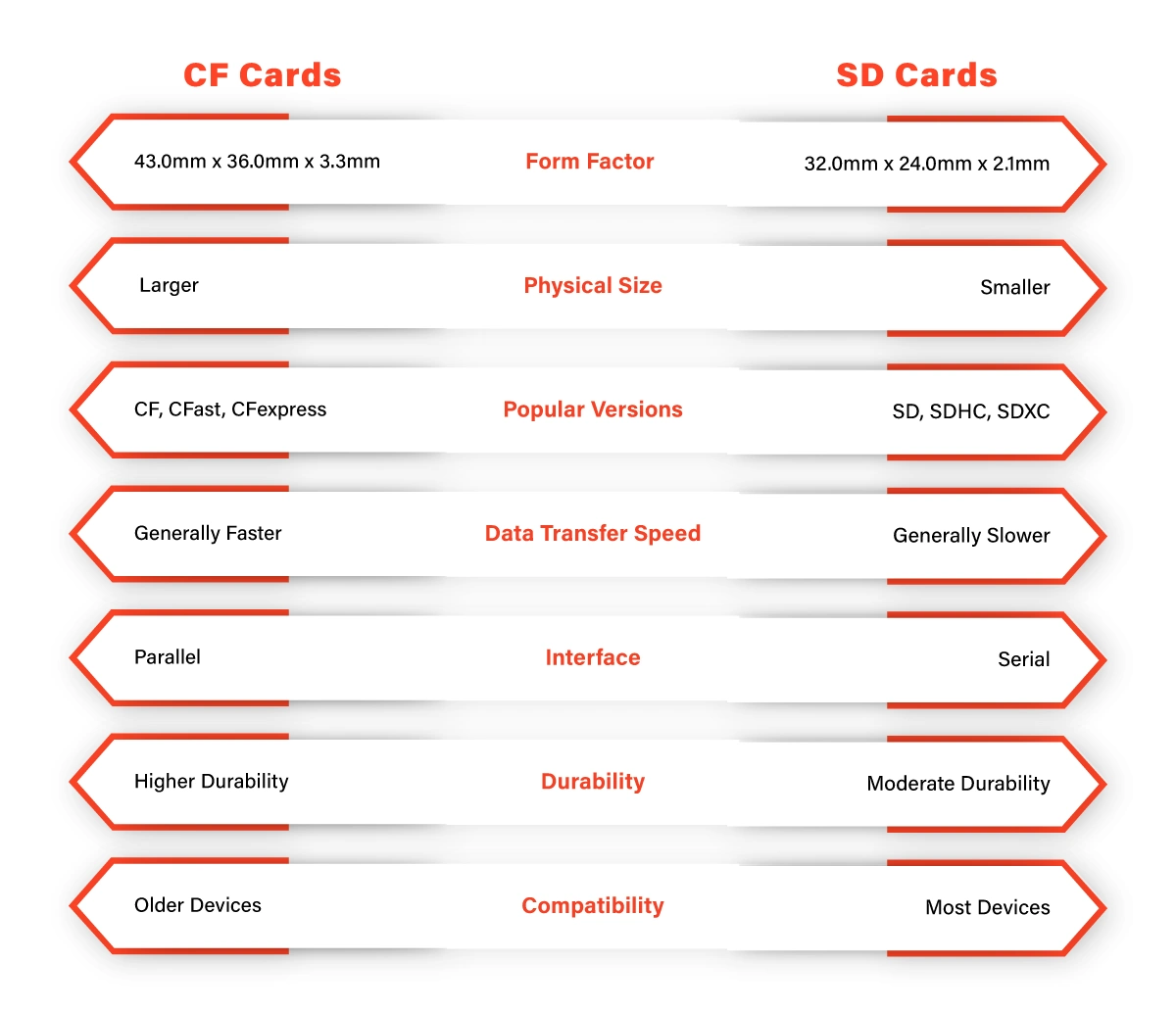
When selecting a CF card, consider the read and write speeds, storage capacity, and compatibility with card readers. Brands like SanDisk offer reliable options such as the Extreme Pro CompactFlash series, which delivers the performance and reliability required for professional use.
Whether capturing breathtaking photos or shooting high-quality videos, CF cards provide the speed and capacity to take your creative endeavors to new heights. Embrace the power and reliability of CF cards and unleash your creativity without limitations.
Frequently Asked Questions
What is a CompactFlash (CF) card?
A CompactFlash card is a type of storage device used in digital cameras, camcorders, and audio recorders to store photos, videos, and other data. It is a small, removable memory card that offers high capacity and fast data transfer speeds.
How do I insert a CompactFlash card into my device?
To insert a CompactFlash card, locate the CF card slot on your device. Align the card’s connector pins with the slot, making sure the card is facing the right direction. Gently push the card into the slot until it clicks into place. Be careful not to force it or insert it upside down.
Can I use a CompactFlash card in any device?
No, CompactFlash cards are not compatible with all devices. It is important to check if your device supports CF cards before using one. Some older devices, as well as smaller consumer cameras and smartphones, may only support other memory card formats like SD cards.
How do I transfer data from my CompactFlash card to a computer?
To transfer data from a CompactFlash card to a computer, you can use a CF card reader. Insert the CF card into the card reader, then connect the card reader to your computer’s USB port. The computer will recognize the CF card as a removable storage device, allowing you to copy or move files between the card and your computer.
How do I care for my CompactFlash card?
To care for your CompactFlash card:
- Avoid bending or applying excessive pressure to the card.
- Protect the card from extreme temperatures, moisture, and static electricity.
- When not in use, store the card in a protective case or sleeve.
- Regularly back up your data to avoid loss in case of card failure.
- If the card becomes dirty, use a soft, lint-free cloth to gently clean the contacts. Avoid using liquids or harsh cleaning agents.
